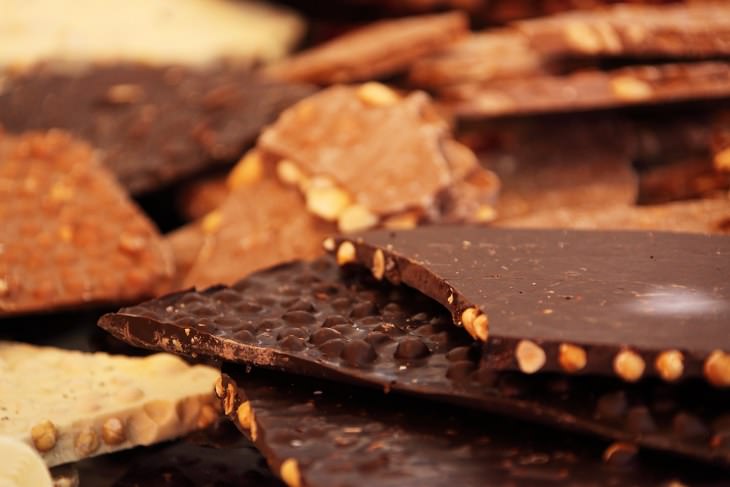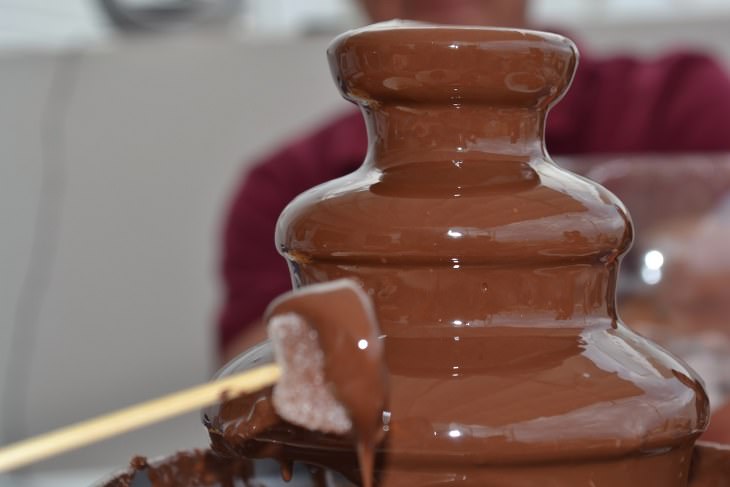

The ancient Aztecs and Mayans of the Americas were some of the earliest people in history to have regularly eaten chocolate. They were known to grind up chocolate beans into hot water, making a drink that was pretty similar to hot chocolate. However, there was one major difference - their cacao was somewhat bitter and usually contained chili peppers. Interestingly, the Aztecs and Mayans were so deeply in love with chocolate that they even used it as a form of currency!
So how exactly did chocolate end up spreading around the world? In 1502, during his final trip to North America, Christopher Columbus encountered a canoe that was transporting cacao beans and other agricultural products. He decided to confiscate the canoe's contents and ended up bringing it all back to Spain. Initially, chocolate remained rather unpopular in Europe due to its naturally bitter taste, but everything changed once the Spaniards started adding sugar to it. Eventually, chocolate turned into the preferred drink of many European royal courts, and many people even believed that it was the ideal cure for many illnesses.


One researcher at the University of Michigan, Adam Drewnowski decided to discover whether consuming chocolate causes opioids to be produced in the human body. Opioids, named after opium, are chemicals that are known to instill a person with a sense of euphoria. The results of his experiments show that chocolate does indeed cause the brain to naturally produce opioids, and if the brain's opioid receptors become blocked, then the chance of binging on chocolate naturally decreases.
Emmanuelle diTomaso and Daniele Piomelli, former researchers at the Neurosciences Institute in San Diego looked into chocolate's chemical components and found that it contains at least three substances that "could act as cannabinoid mimics either directly (by activating cannabinoid receptors) or indirectly (by increasing anandamide levels)." A cannabinoid is something that has a similar effect to cannabis, also known as marijuana. In fact, the high that results from smoking or ingesting marijuana is mainly due to a cannabinoid called tetrahydrocannabinol (THC) temporarily binding to THC receptors in the human brain. Curiously, these researchers found that chocolate contains a chemical called anandamide, which binds to the same THC receptors as cannabis, and may result in a similar effect to a marijuana high. However, this chemical is far more common in dark chocolate than milk chocolate since it contains a much greater amount of cacao.

The reason why chocolate doesn't normally get you as high as marijuana does (and the reason behind why it's legal practically everywhere) is explained by Christian Felder from the National Institute of Mental Health. When compared to the THC in marijuana, anandamide and other cannabinoids in chocolate produce a much weaker effect and stick around in the body for an even shorter time. In fact, Felder estimates that it would take around 25 pounds of chocolate for a 130-pound man to receive a marijuana-like effect. But even though eating chocolate usually doesn't get people to experience a high, it still seems like it contains enough brain-stimulating chemicals to make us feel a little happy and get a little addicted.
Apart from all of this, chocolate also contains a chemical that's closely related to amphetamines, known as phenylethylamine. Much like amphetamines, phenylethylamine causes blood sugar and blood pressure levels to rise, often resulting in feelings of satisfaction and alertness, and that's exactly why it's often been nicknamed the 'love drug.' While there's still a lot of research that needs to be done on many of the other substances found within chocolate, there's one thing that we can all agree on - life is sweeter with a box of chocolates!